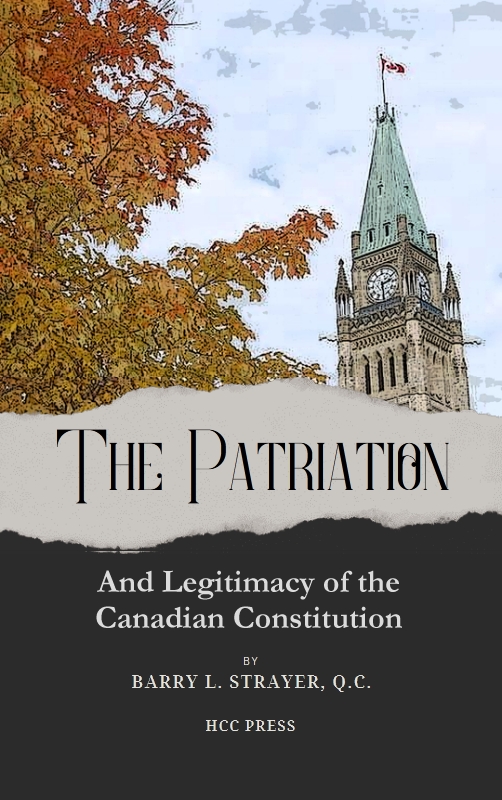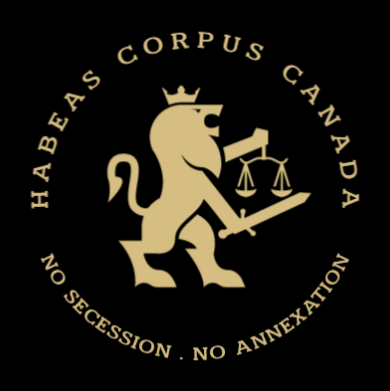accordance with law but not in accordance with the political practices of the past. Subsequently, in November, 1981, a federal-provincial conference was held where agreement was reached by the Government of Canada and nine provincial governments — all except Quebec — with respect to patriation and the rest. In March of this year, the United Kingdom Parliament passed the necessary legislation and the Queen proclaimed it in Ottawa on April 17, 1982.
Tonight I wish to consider first the legal legitimacy and legal effectiveness of this patriation process, and then I want to enquire as to the lessons to be derived from this great national adventure with respect to the sources of political legitimacy for our constitution.
The Canada Act, 1982 and Legal Legitimacy
In talking first about the legal legitimacy of the process and its product, the Canada Act, 1982, I want to stress the great care that was taken in the use once again of the tried and true legal machinery for constitutional amendment. I can do so on the basis of the public record and without compromising any solicitor-client obligation which I may have.
As I mentioned in my first lecture, it had become established in the eighteenth century, at least in this part of the Empire, that the United Kingdom Parliament could pass any laws it wished with respect to Canada and that its laws were supreme here. That supremacy was clarified by the Colonial Laws Validity Act of 1865. However, as is well known, the practice gradually developed that Westminster would not legislate for the self-governing Dominions such as Canada unless requested to do so. Such requests might arguably be made by the executive government alone. For Canada, while this was the general rule, there also was a particular rule with respect to the amendments made at Westminster to the British North America Act, the most important British statute of all applying to the Dominion. A special practice developed for amendments to the British North America Act; these were to be requested not by the executive government of Canada, but by the two Houses of the Canadian Parliament.
Such was the state of affairs when, after the First World War, the Imperial Conferences tried to reduce these practices to writing in a way which would underline the independence of the Dominions. The main product of this effort was the Statute of Westminster, 1931 passed by the United Kingdom Parliament to confirm the essential equality of the Dominions. Two sections of that Act are important for my narrative tonight. Section 4 dealt with the general practice which had become well established: that Westminster would not legislate for a Dominion without its consent. This was reduced to a rule of law in section 4: that no law passed in the future by the United Kingdom Parliament would apply to a

